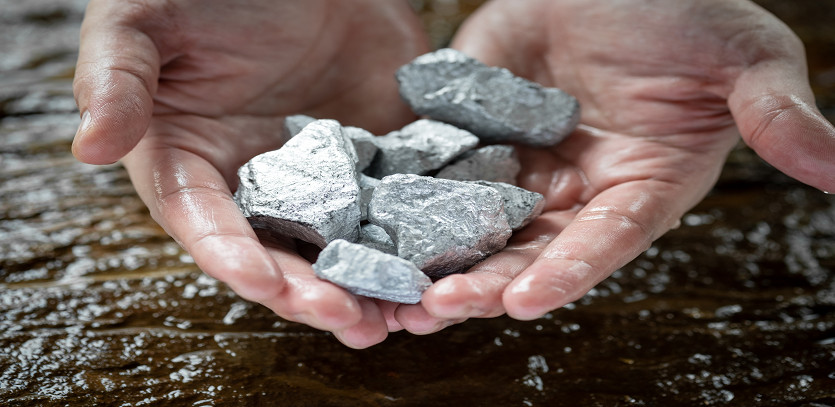Understanding Raw Materials and Their Importance
The backbone of every commodity produced or service provided, raw materials encompass the foundational units used in production and manufacture. These include power sources like oil, natural gas, and coal, industrial metals like iron and copper, farm products such as wheat, corn, and soybeans, and precious metals like gold and silver.
Amplifying your investment pool with raw materials can not only diversify your portfolio, but could potentially yield substantial profits. However, investing in such resources requires a profound understanding of the associated risks.
Classifying Raw Materials
There are two primary forms of raw materials:
Non-renewable resources, or hard commodities, which encompass energy sources and metals; and Renewable resources, or soft commodities, including agricultural products and livestock.
Profitable Raw Materials to Invest in
Investing in raw materials can see varying degrees of profitability over time, and it's crucial that you conduct comprehensive research to make an educated investment decision. Some materials that have proven profitable over the recent years include:
Gold, a sought-after asset in periods of financial instability; Oil, a crucial, albeit unpredictable, energy source; Copper, an essential industrial metal with versatile applications; and Agricultural produce, which can yield favorable returns but is susceptible to supply and demand imbalance.
Factors to Consider When Investing in Raw Materials
Before putting money into any raw material, it's essential to look into:
Economic Forecast: The demand for raw materials is directly linked to the worldwide economy. Prosperous economies usually result in increased demand and consequently, higher costs for raw materials.
Supply and Demand: Each commodity's supply and demand influence its value. A shortfall of a particular commodity will likely increase its cost, while an excess supply will likely result in a price drop.
Volatility: Raw materials often exhibit greater volatility compared to other investments, resulting in significant fluctuations in their prices.
Liquidity: The ability to quickly buy or sell investments. Some raw materials, like gold, offer high liquidity while others, like agri-products, can be less liquid.
Storage Expenses: For physical commodities, like gold or silver, you would need to account for storage costs.
Methods of Investing in Raw Materials
There are chiefly two ways of investing in raw materials:
A direct investment would involve buying physical raw materials or commodity futures contracts, while an indirect investment would mean investing in companies that extract or process raw materials.
Direct investment can present more risks but can also reap greater rewards. Conversely, indirect investment is a safer option to invest in raw materials, provided one chooses companies with a robust record and a likely benefit from rising commodity prices.
Best Practices When Investing in Raw Materials
Invest for the long haul: Prices of raw materials generally rise in the long run, despite short-term volatility.
Diversify your portfolio: Avoid the pitfall of relying solely on one type of commodity.





